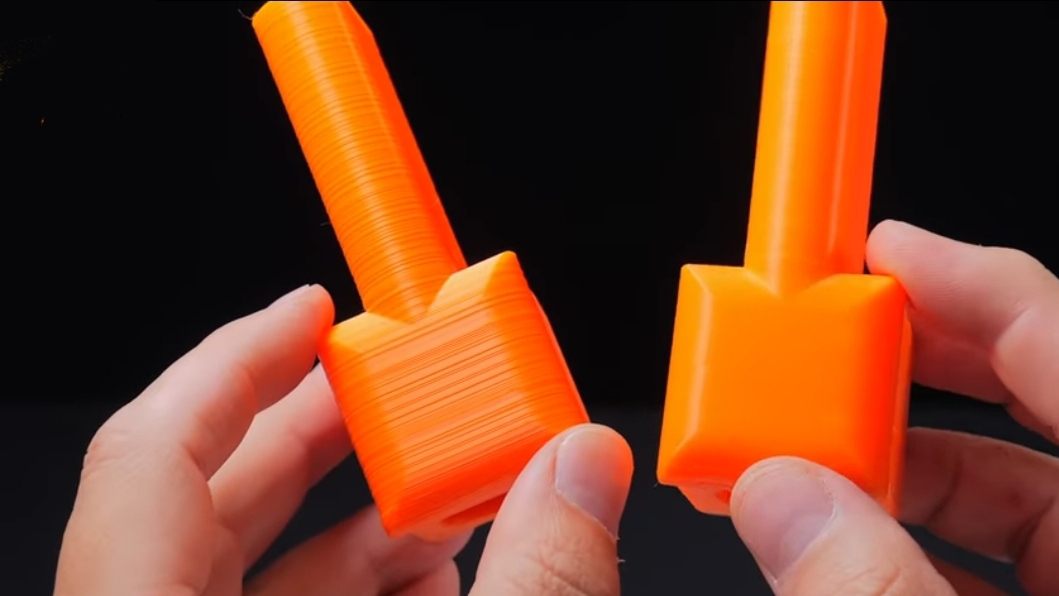Resin vs. FDM 3D Printers: Which One Should You Choose?
In this article, we will compare resin and FDM (Fused Deposition Modeling) 3D printers to help you decide which technology is best suited for your needs. We'll spend the same amount of time and material to print a sample piece using both technologies and share the results.
Hello, 3D printing enthusiasts! I'm Julie, your host for today's comparison between resin and FDM 3D printers. Here on our YouTube channel, we'll dive into the main features of each technology. By the end of this video, you'll have a clearer understanding of which 3D printer to choose. If you're new to 3D printing, this guide will simplify your decision-making process. Don’t forget to subscribe and hit the like button for more exciting content!
Overview of FDM 3D Printers
FDM 3D printing has been widely used for years. It involves using filament rolls made of various plastics like PLA, known for its ease of printing. The filament is fed into the printer, melted by a heating block, and extruded through a fine nozzle, usually 0.4 mm in diameter. Layer height in FDM printing typically ranges from 0.1 mm to 0.3 mm. Several settings can be adjusted to enhance quality, strength, or speed, including the melting temperature, layer thickness, and support configurations.
Overview of Resin 3D Printers
Resin 3D printing, on the other hand, uses photopolymer resins that solidify when exposed to UV light. The printer has a tank with a transparent bottom, and an LCD screen controls the UV light to harden each layer. Resin printers generally produce higher-quality prints with finer details, with layer thicknesses ranging from 0.1 mm to 0.01 mm. Although resin printing involves fewer configuration variables, the main factor is the exposure time for each layer, which depends on the resin, printer, and layer height.
Comparing Print Quality and Speed
Resin printers excel in producing high-resolution prints with excellent dimensional accuracy and detail reproduction. However, their build volume is often smaller compared to FDM printers. Resin printers can solidify a whole layer in seconds, making them efficient for printing multiple parts simultaneously. In contrast, FDM printers build each layer by depositing lines of filament, which can take longer for larger or more complex prints.
Processes and Maintenance
FDM printing involves handling solid plastic filaments, which are easy to clean and recycle. Resin printing, however, requires careful handling of liquid resin, which can be hazardous. Printed parts must be washed in isopropyl alcohol to remove excess resin, followed by a final cure under UV light. Proper safety measures, including gloves and separate disposal containers, are essential when working with resin.
Cost Considerations
The initial cost of both types of 3D printers is comparable, with entry-level models available for under $200. The ongoing cost of materials is also similar, with both filaments and resins averaging around $30 per unit. However, larger and more complex prints can significantly increase material costs, especially with resin, which often involves additional waste from supports.
Practical Examples
Let's compare the print time and material usage for a specific miniature:
- Resin Printer: Uses 54g of resin and takes less than 7 hours to print.
- FDM Printer: Uses 48g of filament and takes almost 14 hours to print at a similar quality.
When attempting to match the resin printer’s speed, the FDM print quality drops significantly, making it less suitable for detailed models.
For larger models like a dragon head prop:
- Resin Printer: Printed in 11 parts, weighing 1,230g, taking 87 hours.
- FDM Printer: Printed in 8 parts, weighing 700g, taking 72 hours at lower quality.
Conclusion
Both resin and FDM printers have their strengths and are suited for different applications. Resin printers are ideal for high-detail, small-scale models, while FDM printers are better for larger, less detailed projects. The choice ultimately depends on your specific needs and preferences.
Let us know in the comments which 3D printer you think is best for you. Don’t forget to like, share, and subscribe for more 3D printing content. Bye for now!




Comments
Post a Comment